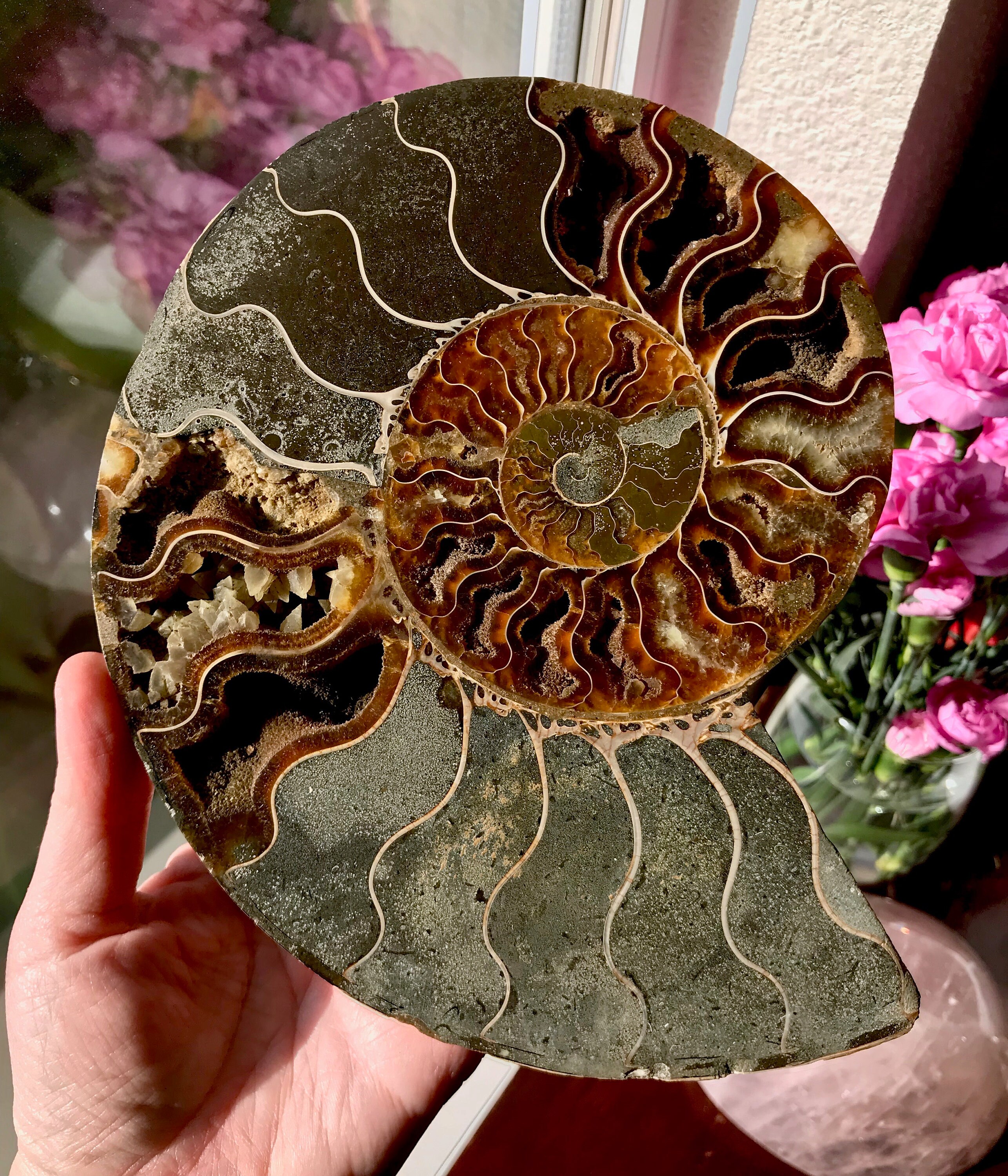
On the rare occasions where soft parts have been found, they are mostly flattened. “In almost all cases, it’s only the hard shell – not the soft parts – preserved in fossil ammonites.

Their hard shells made of calcium carbonate preserve well, however, important details of the living animal were largely still a mystery. Imran Rahman, a co-author and principal researcher at the Natural History Museum, added: “Ammonites are an iconic extinct group of marine animals renowned for their rich fossil record that stretches back hundreds of millions of years. We preferred to wait for the development of new, non-destructive technology – as now used in this study – to understand those internal features without harm to the fossil.” Since the discovery of the fossil over 20 years ago, we have used numerous techniques to try to decipher the soft tissues, and have resisted the option of cutting it apart and hence destroying a unique specimen to see what is inside. She said: “Preservation of soft parts is exceptionally rare in ammonites. The study’s lead author, Lesley Cherns of Cardiff University’s school of Earth and environmental sciences, said scientists had patiently waited for new techniques to emerge rather than carrying out more destructive research.Ī 3D reconstruction of the ammonite created from X-ray and neutron scan data. Up until now, scientists used the modern cephalopod nautilus as a body-plan for reconstructing ammonite biology. Publishing their findings in Geology, the team say their work suggests ammonites may be evolutionarily closer to coleoids – the sub-group of animals containing squid, octopuses and cuttlefish – than previously thought. It was unusual because it contained the fossilised remnants of soft tissue.Ī research team led by scientists from Cardiff University has now used CT and neutron scanning to create a detailed 3D computer reconstruction of the creature’s muscles and organs. In 1998, Neville Hollingworth, an avid-fossil hunter, discovered an exceptionally well-preserved ammonite in an open gravel pit in Gloucestershire in 1998. Thank you so much for the advice I'm glad gorilla glue would be ok, I definitely going to address the damage further and see otherwise I will definitely take you up on your offer and send you a message as this is something I definitely do not deal with often haha.Researchers scanned an unusually well-preserved ammonite in which the soft insides were intact. Or, you can ship it to me and I'll handle the repair and ship it back (well protected). Repeat this process until you have all the joints glued up. Make sure you don't put too much glue in the joint or it will run out onto the surface of the ammonite, causing more headaches. you can use a folded towel on both clamp faces to keep from marring the fossil, or use a rubber surfaced clamp. Then, put a thin layer of glue on one side of the break, Use a clamp to put pressure on the joint and let it sit for a couple days. Put all the pieces together to see where you should logically start. It will take you a while but you will want to glue one joint at a time. Honestly, I have had really good results with the clear, non-expanding, Gorilla Glue.


Ouch!!!!! 1st, see if you can get your money back.Ģnd, if you can't then a repair can be done.


 0 kommentar(er)
0 kommentar(er)
